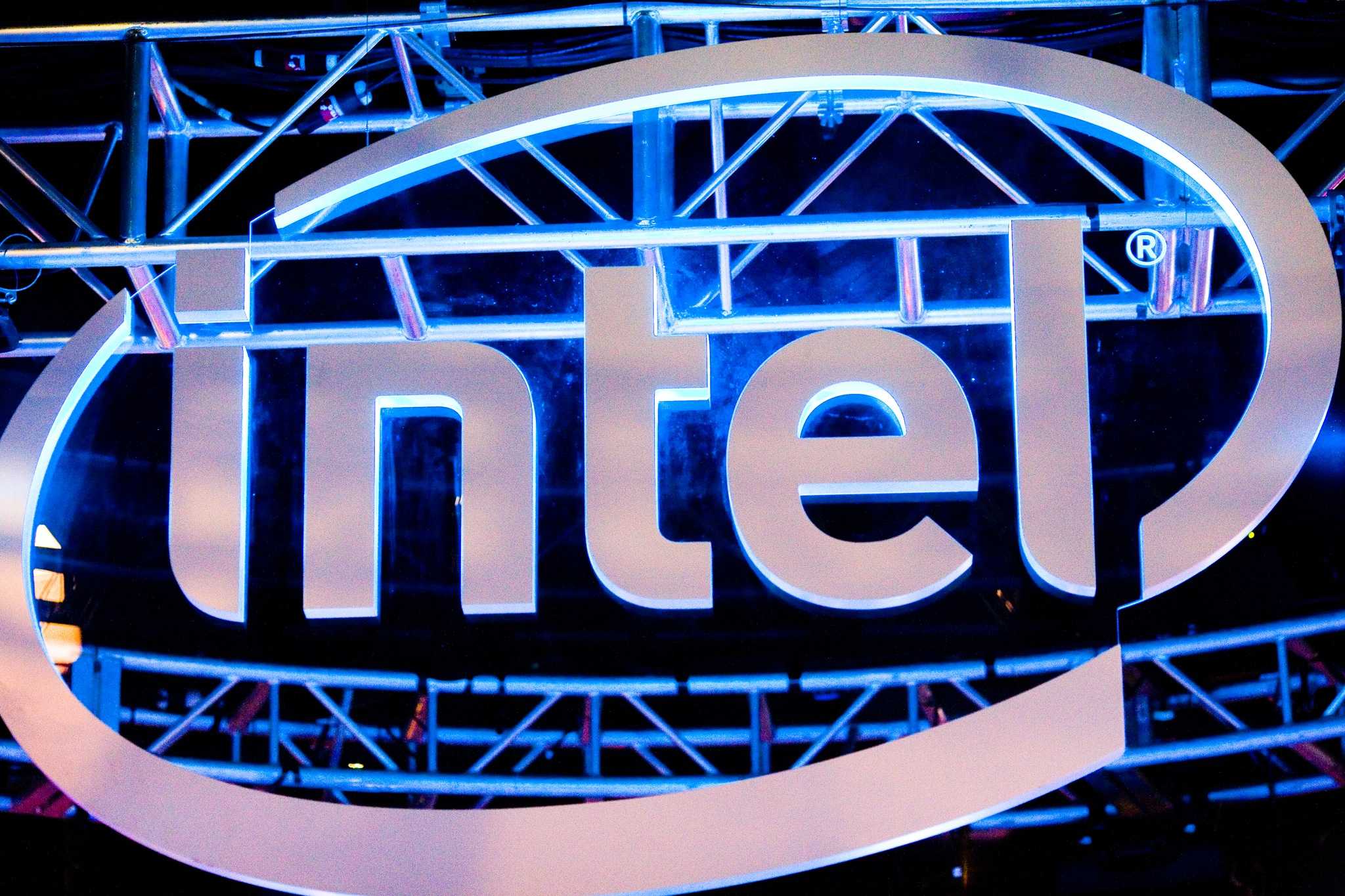 June 6, 2005: Steve Jobs reveals that Apple will switch the Mac from PowerPC processors to Intel.
June 6, 2005: Steve Jobs reveals that Apple will switch the Mac from PowerPC processors to Intel.
Speaking at Apple’s Worldwide Developers Conference, Jobs’ revelation reminds the tech world that he is a leader who can get things done. Given Intel’s focus on mobile computing, the move also offers a hint at what Apple’s CEO has planned for the second half of his reign.
Macs switch from PowerPC to Intel
Standing onstage at WWDC 2005, Jobs talked about PowerPC processors’ limits. Previously, Apple only attempted changing CPU architecture once before. (It switched from the Motorola 68000 to PowerPC in the early 1990s.)
Going with Intel chips was a risky move for a tech company. In fact, it had been enough to topple other computer makers, such as one-time Apple rivals Commodore and Atari. However, as Jobs explained, Apple could not deliver on its vision without making the change.
“I stood up here two years ago in front of you and I promised you [a 3GHz Power Macintosh G5], and we haven’t been able to deliver that to you yet,” he said. “I think a lot of you would like a G5 in your PowerBook and we haven’t been able to deliver that to you yet…. As we look ahead, though we may have great products right now — and we’ve got some great PowerPC product still yet to come — as we look ahead we can envision some amazing products we want to build for you and we don’t know how to build them with the future PowerPC road map.”
The PowerPC G5 processor generated too much heat, and consumed too much energy, to power the kind of ultra-thin, ultra-light products Jobs wanted to make with computers like the MacBook Air, which would launch in 2008, three years after he announced the switch to Intel.
Intel processors represented where Jobs wanted to take Apple. After getting a look at Intel’s road map, he came away suitably impressed. Since laptops drove more than half of Apple’s computer sales, this was an important transition for the company. Apple execs Avie Tevanian and Jon Rubinstein led the crucial strategic switch.
Switching to Intel: The right move for Apple
Jobs was a master at talking up new products, but he was also great at underpromising and overdelivering. That’s what happened with the Intel Macs. At WWDC 2005, Jobs said the first Macs with Intel processors would arrive a year after the event. Instead, Apple worked to get this done in half that time.
At MacWorld Expo in January 2006, Apple unveiled a fresh slate of Macs running on the new Intel Core Duo processor. These included the first 15-inch MacBook Pro — Apple’s thinnest, fastest and lightest laptop yet at the time. The first Intel Macs received a warm reception, confirming that Apple made the right move by ditching PowerPC.
Moving from Intel to Apple silicon
Fifteen years after moving to Intel chips, Apple found itself in a similar position — and pulled off an even more ambitious switch. At WWDC 2020, Apple revealed its plan to ditch Intel chips for its own proprietary processors.
“From the beginning, the Mac has always embraced big changes to stay at the forefront of personal computing,” said Apple CEO Tim Cook in a press release. “Today we’re announcing our transition to Apple silicon, making this a historic day for the Mac. With its powerful features and industry-leading performance, Apple silicon will make the Mac stronger and more capable than ever. I’ve never been more excited about the future of the Mac.”
First M1 Macs deliver high performance
The first new computers running on Apple silicon arrived in November 2020. Apple’s new M1 chip delivered a killer combo of serious performance and high efficiency. The M1-powered Mac mini, MacBook Air and MacBook Pro promptly blew reviewers’ socks off.
Even Apple expressed surprise about the M1’s remarkable capabilities.
“We overshot,” said Craig Federighi, Apple’s SVP of software engineering. “You have these projects where, sometimes you have a goal and you’re like, ‘Well, we got close, that was fine.’ This one, part of what has us all just bouncing off the walls here — just smiling — is that as we brought the pieces together, we’re like, ‘This is working better than we even thought it would.’”
At WWDC23, the company unveiled a Mac Pro powered by an M2 Ultra chip, completing the computer lineup’s switch to Apple silicon.
Do you remember the transition to Intel Macs? Leave your comments below.


